Repairing a tachometer in a washing machine
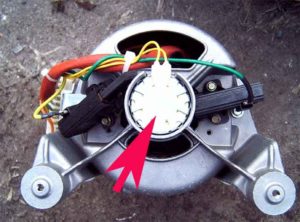 The tachometer is one of the most important parts in the washing machine system, because it is responsible for the continuous connection of the motor with the control module. It is this miniature device that affects the speed gained, accelerates and slows down the engine. And if suddenly the machine starts to slow down, does not stop on time, or after the end of the washing cycle it gives out wet clothes, then this is an alarming sign that it is time to check the tachogenerator. We will tell you how to find it, how you can test it, and also whether it is possible to repair the tachometer in a washing machine.
The tachometer is one of the most important parts in the washing machine system, because it is responsible for the continuous connection of the motor with the control module. It is this miniature device that affects the speed gained, accelerates and slows down the engine. And if suddenly the machine starts to slow down, does not stop on time, or after the end of the washing cycle it gives out wet clothes, then this is an alarming sign that it is time to check the tachogenerator. We will tell you how to find it, how you can test it, and also whether it is possible to repair the tachometer in a washing machine.
How to understand that the tachometer is broken?
Usually the tachometer has to be checked after the washing machine malfunctions. Due to the fact that normal operation of the machine is impossible without a Hall sensor, problems with controlling engine speed will immediately make it clear that the tachogenerator is faulty. During the wash cycle it is important to pay attention to the following:
- the machine suddenly changes speed, sometimes slowing down, sometimes accelerating, not paying attention to the stage of the cycle;
- the drum spinning speed exceeds the user-specified value or even exceeds the maximum value allowed by the system;
- the speed is too low, does not reach the required speed, or the drum does not rotate at all;
- Clothes after finishing washing are either not washed at all or not wrung out.

Any of the points indicates a possible malfunction of the tachometer. To exclude an accidental temporary malfunction of the machine or turning off the spin cycle, you need to completely turn off the washing machine, and after half an hour, start the standard operating cycle again.If problems recur, then urgent action must be taken.
If the tachogenerator is not corrected in time, then in the future the machine will simply not start washing, displaying an error message on the display. Moreover, with a faulty Hall sensor, the electric motor may even burn out. Therefore, you should not put off checking the device for a long time - at the first suspicion of a malfunction, start diagnosing it yourself.
Sensor location
Finding the sensor is not difficult, since on all washing machines from LG and other brands (except for models with an inverter motor), it is located on the rotating motor shaft. To remove the tachometer, you will first have to dismantle some elements of the washer: disconnect the rear panel of the case and remove the drive belt.
Before any repair work, unplug the washing machine and turn off the water.
When you get to the motor, look for a small iron ring on the shaft - this is what the tachometer we need looks like. Carefully remove the entire engine, since you cannot immediately detach the tachogenerator from it. If you have no experience in electrical installation, then it is better not to experiment, but to call specialists so as not to damage the washing machine even more.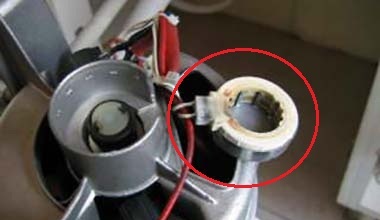
Is the sensor working?
If you manage to get the engine with the sensor yourself, then you should first take a photo of the wiring device so that you can then connect the engine back with your own hands. Next, you must strictly follow our instructions.
- We go around the machine from the rear wall.
- Unscrew all the bolts securing the motor.
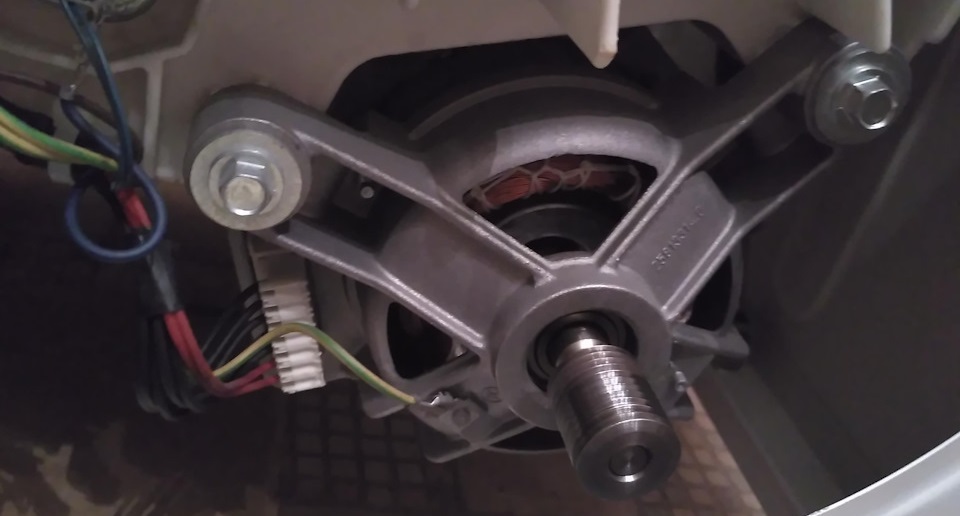
- We loosen the engine to the sides, and then sharply pull it towards ourselves.
Be careful, the engine is very heavy, so don't drop it so you don't have to repair it again.
- First of all, you need to inspect the sensor, wires and reliability of fastenings. It often happens that due to sudden jumps in speed, contacts come loose and clamps become loose. In this case, you can simply tighten the terminals harder and restore the usual balance.
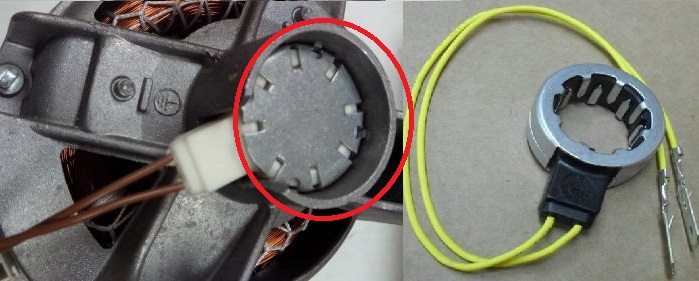
- If there is no visible damage, then you cannot do without a test, which can be carried out in two ways.
The first option is to measure Ohms. To do this, you need to set up the multimeter, loosen the wiring and apply the probes to the contacts. If the readings are in the region of 60-70 Ohms, then the sensor is working.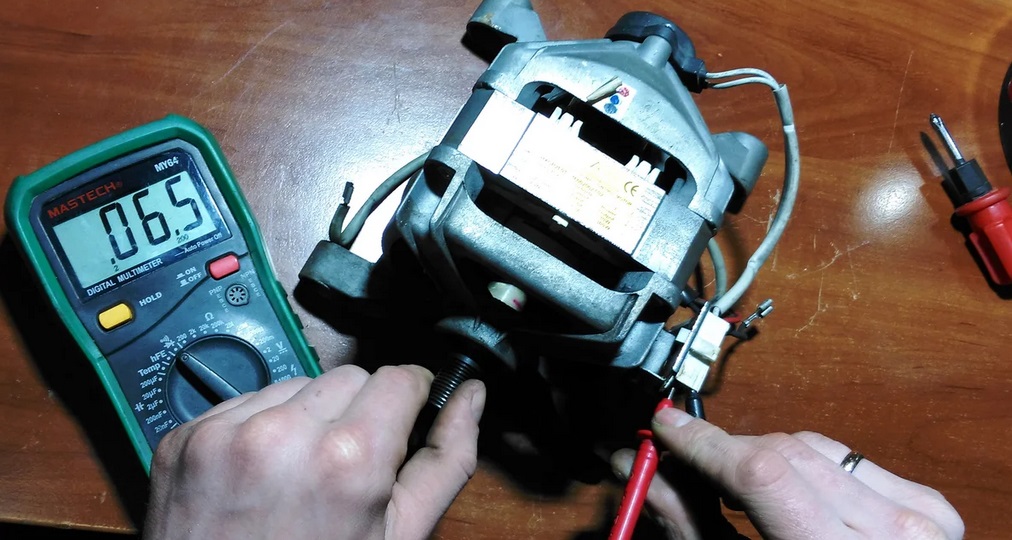
The second method is to measure the current generated by the sensor. You need to switch the tester to voltage mode, connect the probes to the contacts, and either yourself or ask your household to accelerate the motor by hand. If a figure appears around 0.2 Volts, then the tachometer is normal.
Repair or change?
The main problem is that the sensor is a part that cannot be repaired, so it can only be replaced. To do this, you need to disconnect it and remove it from its mounting location. All connectors simply detach and are located in the general column of connectors on the motor.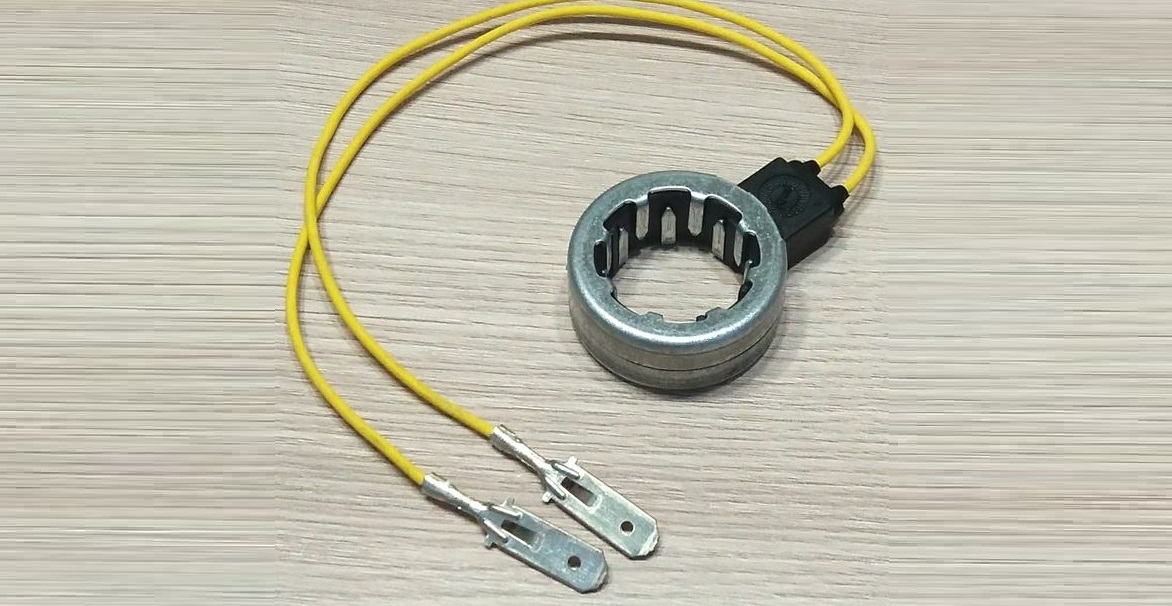
To dismantle, you only need an ordinary thin-diameter flat-head screwdriver, which can be found in any home. After detaching from the sensor, you need to remove the top cover, which will either be secured with small bolts or will be held on by latches.
Next, the faulty part is replaced with a new one and installed in the washing machine in the reverse order according to the instructions. To simplify installation, you should take a photo or video of the process of dismantling the sensor, then connecting a new tachogenerator will be easier.At the end of installation, the part and connections must be checked with a multimeter to ensure that a test wash can be run.
Interesting:
Reader comments
- Share your opinion - leave a comment

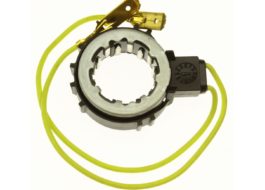
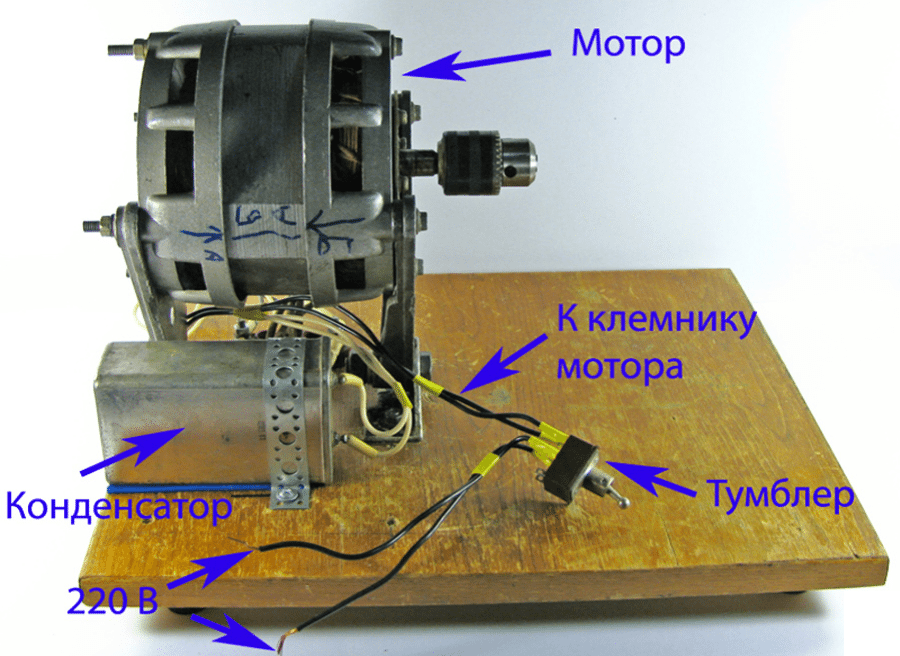

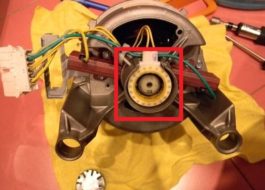




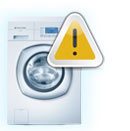
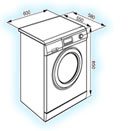










Add a comment